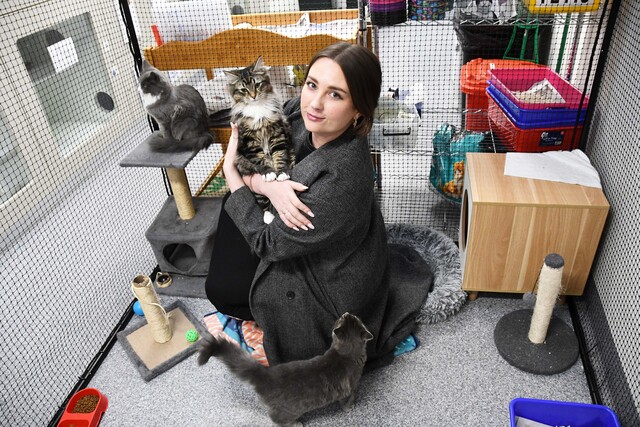By Paul Pickering
A BUILDING revolution that could save the world has begun in the hills.
Belgrave South resident John Novotny believes his vision to bring building construction back to earth – quite literally – could provide a legitimate solution to the global issues of climate change and housing affordability.
And the industry experts agree.
Mr Novotny’s innovative Novoram wall-construction system, which uses a concrete jacket to reinforce a compacted earth core, has been hailed by RMIT University’s Dr Indu Patnaikuni as “the future of construction”.
While using compacted earth is a throwback to a bygone era of construction, the patented cement shell included in the Novoram system gives it superior stability to established methods of rammed earth construction.
Dr Patnaikuni, a senior lecturer in Civil Engineering, made quite an impression at the Fourth International Structural Engineering and Construction Conference held in Melbourne in September when he informed his colleagues of the boundless potential of Mr Novotny’s method.
“In the long term, this will be the method of construction,” he told the Mail last week, positioning Mr Novotny’s system as an international leader in the search for a sustainable form of building construction.
If the Novoram method is to solve some of the planet’s most pressing problems, it will do so through sublime simplicity.
Essentially, the system uses a mechanical ram to compact the dirt, which is encased by a thin layer of cement for increased stability.
Mr Novotny says the method was inspired by a visit to a rural Californian village constructed by Spanish missionaries three centuries ago.
Confronted by the resilience and simplicity of their earthy structures, Mr Novotny and his son Edward decided that there must be some way to translate those ideas into a sustainable housing solution for the modern world.
The retired service-station owner’s quest has been encouraged by the findings of the Intergovernmental Panel on Climate Change, which reported earlier this year that buildings are responsible for more than a third of all carbon dioxide emissions created by human activity.
This impact is not only the result of the energy-devouring process of manufacturing and transporting materials but also the ongoing emissions from heating and cooling.
But as Mr Novotny explains, his system allows for cheaper, faster, sturdier, better-insulated, more environmentally-friendly buildings.
Mr Novotny’s business, ThermoWall Industries, has constructed several test buildings in the local area, including a Clyde North house that has been widely lauded by energy aficionados.
The Sustainable Energy Authority assessed the house as “one of the most energy-efficient ever built in Victoria”.
But as Dr Patnaikuni notes, the more exciting prospect of the Novoram method lies in its application for rural and under-developed regions. He says the simplicity of the building process means unskilled personnel could easily be trained to construct their own houses and workplaces.
“This will be a very big thing for third world countries,” Dr Patnaikuni said, noting that local people could use little more than the earth beneath them to construct cheap, resilient buildings.
But for all the obvious advantages of his system, Mr Novotny has encountered resistance from established industry heavyweights and all tiers of government.
“The biggest problem in this technology is not being very widely used by now is that there is far too much opposition from vested interests,” he lamented last week.
“You can’t sell earth, so you can’t make money on it.”
And while Dr Patnaikuni understands the commercial imperatives of the industry, he says it is only a matter of time before the murmurings from sustainability experts become too loud to ignore.
Rammed home
Digital Editions
-

Conflicting views in regards to local animal welfare organisation
Purchase this photo from Pic Store: 489306 Animal Aid denied all allegations reported by the Herald Sun while whistleblowers shared their own experiences, adding claims…





